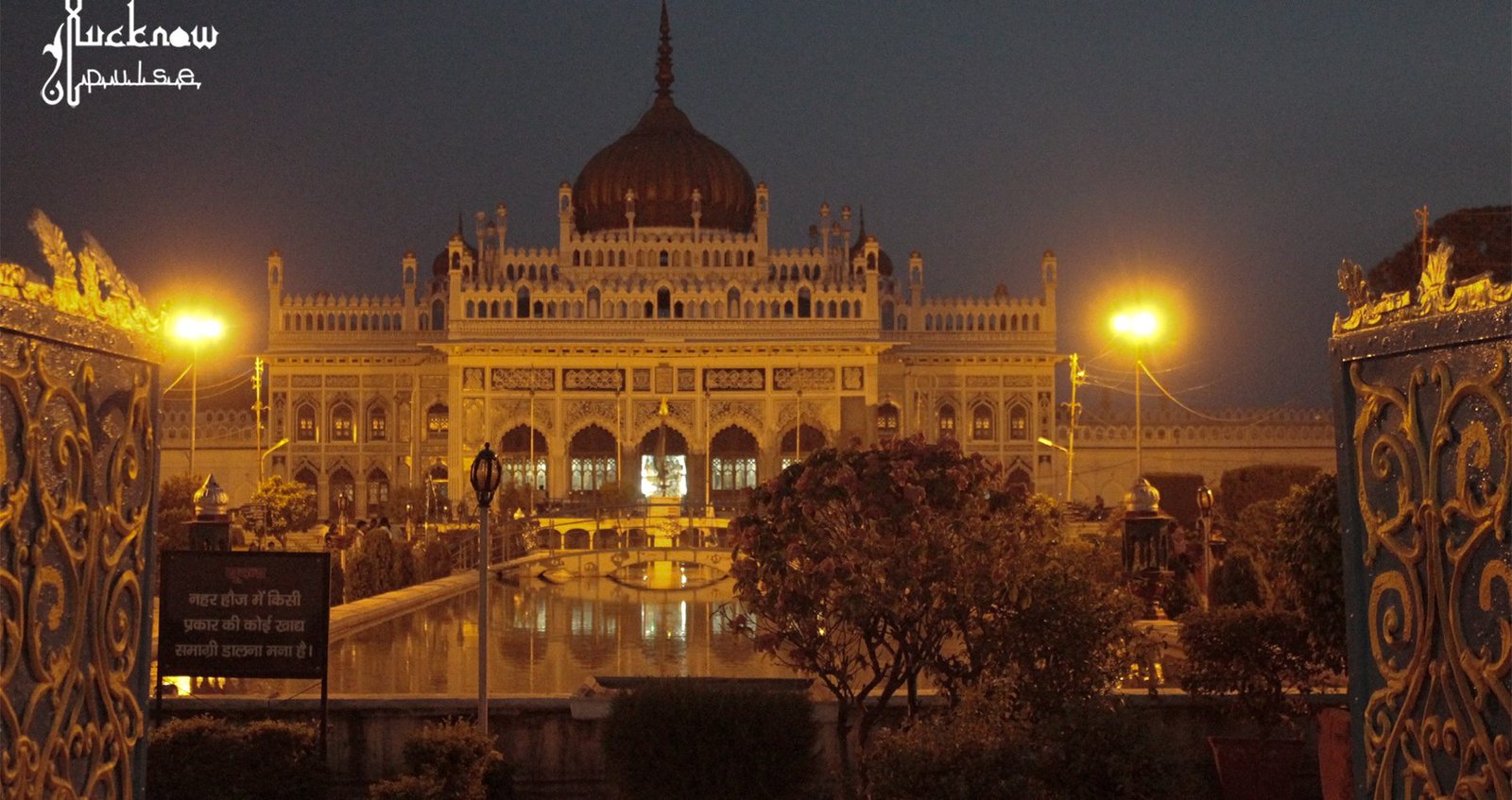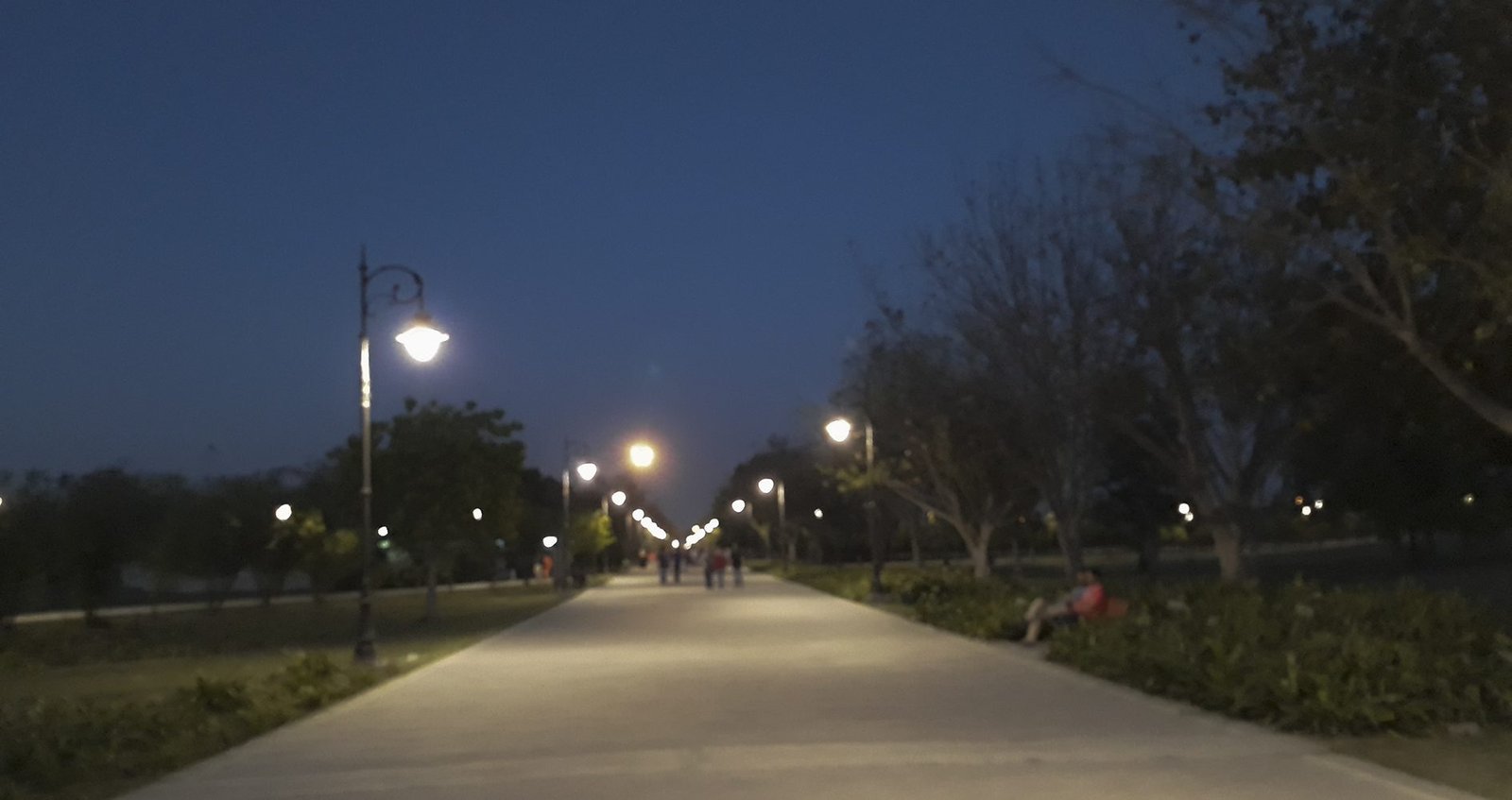
The land of the imperial Nawabs, Lucknow is popular all over the world for its delectable Awadhi cuisine, Tehzeeb (sophisticated culture), zardozi (embroidery), Taareekh (rich ancient past), and Chehl-Pehl (effervescent streets lined with street vendors and shops).
Apart from all that, there are many grand historical monuments in Lucknow that tell about the richness of Awadhi architecture and glorious past of the Nawabs. There stands a monument that remains hidden by and large from the glare of the contemporary Lakhnawi population, the monument that has escaped many eyes even while standing in the heart of Lucknow, the monument that holds religious significance for the Shia Muslims of the city. The Shah Najaf Imambara, starting point of the Shah Najaf road, is very close to the Sahara Ganj Mall. It is an architectural masterpiece and an important religious place for the Shia Muslims.
History of Shah Najaf Imambara
Shah Najaf, an impressive Imambara built by the famous Nawab Ghazi-ud-Din Haider who was actually one of the chief beneficiaries of monetary loan between the Nawabs and British Empire. Nawab Ghazi-ud-Din Haider ordered the construction of Shah Najaf Imambara at a prominent place known as Paltan Ghat. This ghat is located on the banks of the Gomti River in Lucknow. The palatial Imambara was built by Nawab Ghazi-ud-Din Haider to show his love and reverence to Hazrat Ali.
Hazrat Ali was the husband of Fatima, the adorable daughter of Prophet Muhammad. The wonderful Shah Najaf Imambara resembles the tomb of Najaf-e-Ashraf in Iraq and might have got its name because of the fact. Moreover, Hazrat Ali is also referred to as Shah-e-Najaf or the “King of Najaf.”
Shah Najaf or Hazrat Ali, the son-in-law of Hazrat Muhammad, was a prominent scholar and a courageous warrior. His gallant endeavors in propagating and protecting Islam specially won him the khitaab (designation) of Haider-e-Khuda. The literal meaning of Haider-e-Khuda is “Lion of Allah.” Shah Najaf went on to become the 4th Khalifa of Islam. Nawab Ghazi-ud-Din Haider built and dedicated the Imambara to Hazrat Ali.
Architecture of Shah Najaf Imambara
The Shah Najaf Imambara is one of the finest and the most magnificent monuments in the city of Nawabs. The magnificent dome of the monument is very unique and impressive. The dome has a lean neck like drum located at the bottom. It also two beautiful gateways on the front and rear sides of the Imambara. The rear gate faced the Gomti River, which now flows across the bund constructed to prevent flood in the city.
A residential place and a mosque was built inside the Imambara premises for Nawab Ghazi-ud-Din Haider’s wife Mumtaz Mahal. However, the house was demolished in the year 1913 to make way for the construction of a road on the riverside.
Shah Najaf Imambara is also referred to as Karbala in Lucknow. Inside the main hall of the Imambara is the grave of Nawab Ghazi-ud-Din Haider, as it was his wish to be buried there. The graves of his three wives, Mumtaz Mahal, Mubarak Mahal and Sarfaraz Mahal are also present in the Imambara complex.
The entrance of the Imambara leads the visitors to the main Hall through a picturesque garden, which is wonderfully decorated with a variety of flowers and plants. In the middle of the Imambara lies the wonderful silver mausoleum of Ghazi-ud-din Haider. The silver mausoleum is located very close to the gold tombs of Mumtaz Mahal, Mubarak Mahal and Sarfaraz Mahal.
Shah Najaf Imambara – Today
The majestic Shah Najaf Imambara is beautifully illuminated and adorned with colorful lights on the birthday of Hazrat Ali. According to Muslim calendar, the birthday of Hazrat Ali falls on the 13th day of the Islamic month of Rajab.
The Imambara is open for visitors from 9:00 AM through 5:00 PM on all days of the week. The conservation of the monument is undertaken by the Hussainabad Trust Board and Archeological Survey of India (ASI).
In a stark contrast, you would be able to see the city’s medieval heritage at the Shah Najaf Imambara on one side and a modernesque view of the Sahara Ganj Mall across the street.








